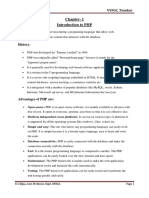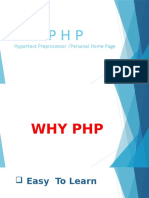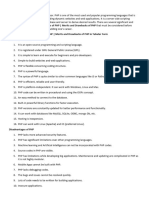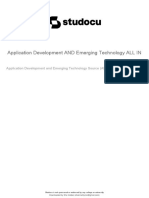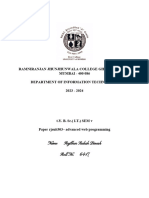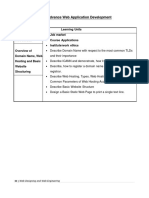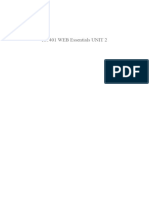0% found this document useful (0 votes)
29 views13 pagesAssignment 1
The document is an assignment from Shri Vaishnav Institute of Computer Application covering various aspects of PHP, including its characteristics, advantages, disadvantages, form handling, validation, and functions. It explains PHP as a server-side scripting language, its integration with databases, and its usage in web development. Additionally, it discusses form validation techniques and the importance of functions in PHP programming.
Uploaded by
Zeeshan KhanCopyright
© © All Rights Reserved
We take content rights seriously. If you suspect this is your content, claim it here.
Available Formats
Download as PDF, TXT or read online on Scribd
0% found this document useful (0 votes)
29 views13 pagesAssignment 1
The document is an assignment from Shri Vaishnav Institute of Computer Application covering various aspects of PHP, including its characteristics, advantages, disadvantages, form handling, validation, and functions. It explains PHP as a server-side scripting language, its integration with databases, and its usage in web development. Additionally, it discusses form validation techniques and the importance of functions in PHP programming.
Uploaded by
Zeeshan KhanCopyright
© © All Rights Reserved
We take content rights seriously. If you suspect this is your content, claim it here.
Available Formats
Download as PDF, TXT or read online on Scribd
/ 13
























